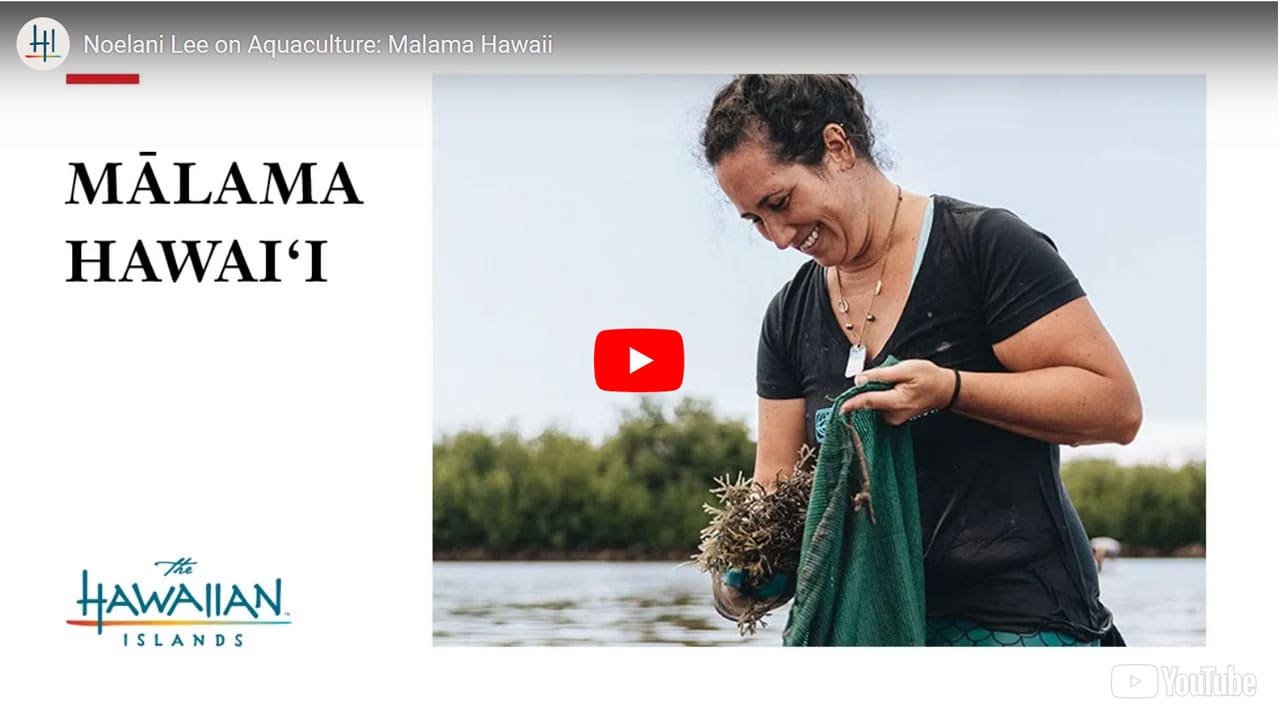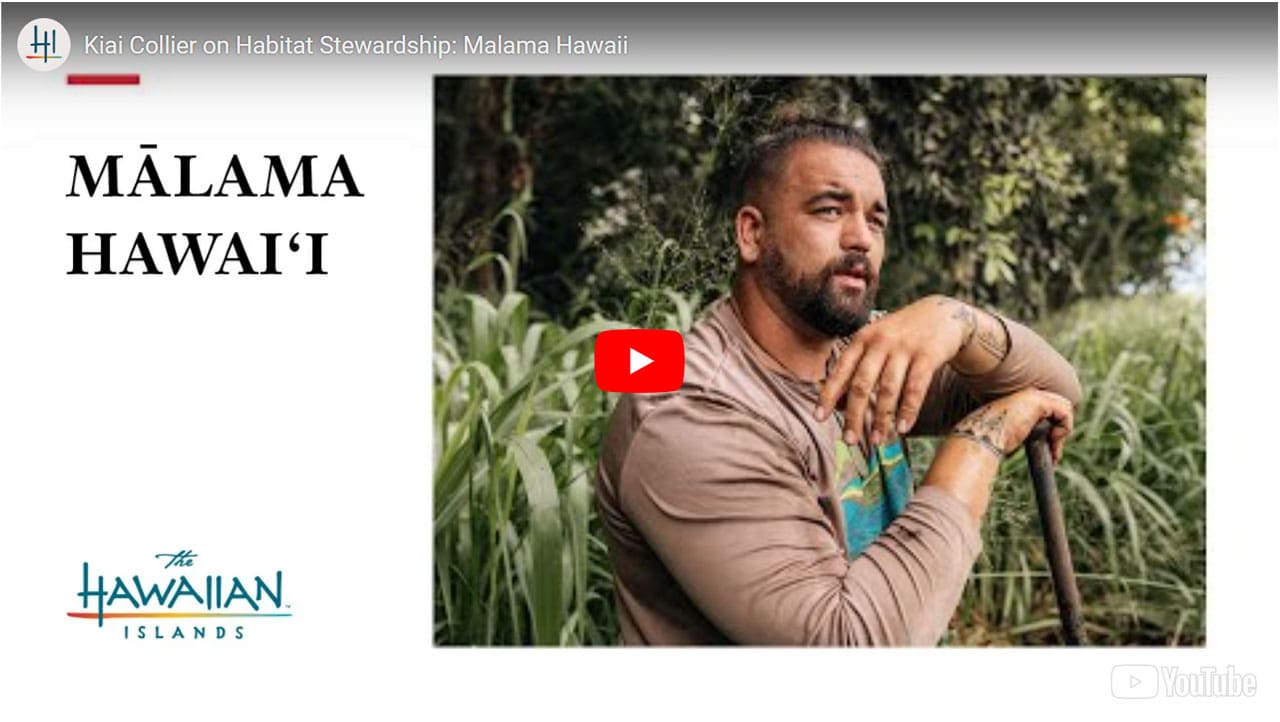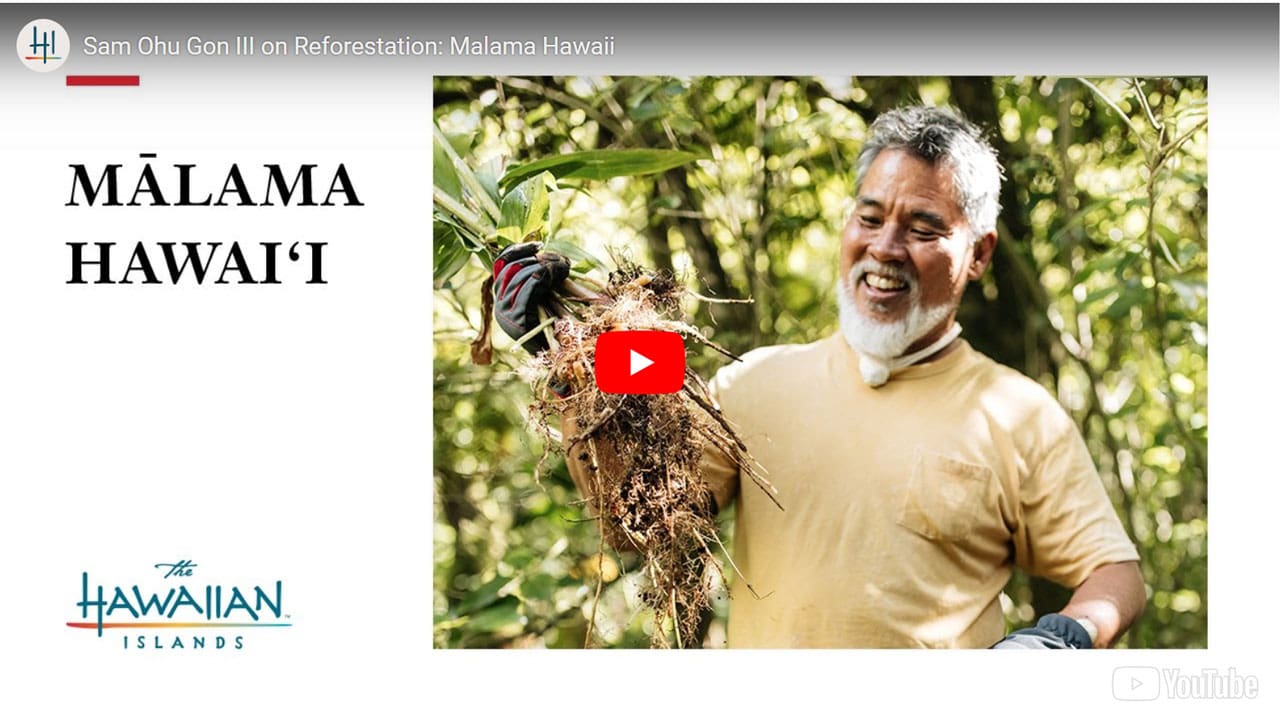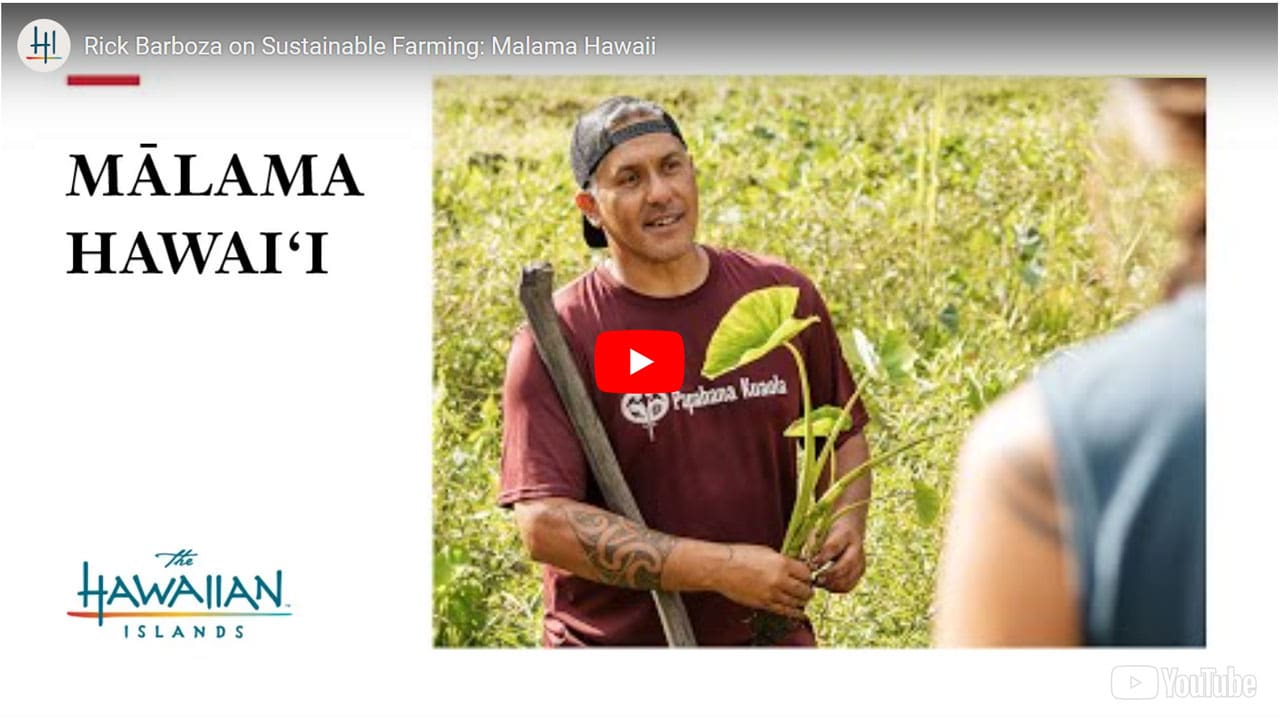As international tourism ramps up again, the Hawaii Tourism Authority is ensuring that travel to the destination is more sustainable for both the travellers and the communities they visit.
At the forefront of creating a more regenerative model of tourism is the concept of Malama — a Hawaiian word that essentially means to care for or to take care of someone or something.
“The intention that we have around this idea of Malama Hawaii — or to care for Hawaii — is to make an invitation to both residents and visitors to take steps to take care for this place,” says Kalani L. Ka’anā‘anā, Chief Brand Officer for the Hawaii Tourism Authority. “At the end of the day it behoves all of us to make sure we can protect Hawaii’s natural resources, its communities and our indigenous culture here. And it takes all of us to do that.”
Sharing the idea of Malama Hawaii is part of Hawaii Tourism Authority’s global marketing campaign, inviting travellers to be more mindful when they travel and encouraging them to give back and take part in voluntourism opportunities.
“A more regenerative model of tourism is one that ends up giving back to and enriching the quality of life for residents because we know that sometimes tourism can get transactional — and that’s what we don’t want,” he says. “We want it to actually be reciprocal. We want to ensure that there’s a benefit both to the visitor who is coming to Hawaii and also for the residents in Hawaii.”
For travel advisors, the DMO has launched a portal on its website, https://www.gohawaii.com/malama, which serves as an online directory of all the experiences across communities, non-profits and others who offer voluntourism activities such as tree planting. Not only does such an activity offer the benefits of carbon offsetting, it also helps ensure that the beauty of Hawaii is protected for decades to come.
“It’s really a win-win,” he says. “As a visitor goes through that experience of tree planting, they get to learn about these species of trees that are native species that are endemic to Hawaii so they get to learn about that and some of the cultural uses of the tree. But then also the act of being able to contribute.”
As part of its efforts to come back better and more sustainably, a Destination Management Action Plan was developed to avoid things like overtourism and better share a framework with suppliers and the travel trade about creating meaningful tourism experiences.
“Like many destinations during the pandemic, we had a heart-to-heart with ourselves, as a team, as a DMO, but also went into the community and said hey, community, we heard you, we heard how much pressure 10.4 million visitors had on you. As a community, how do you want to see tourism reshaped or redone? What do you want to see happen or not see happen?” he explains.
Although Hawaii wants to ensure that travellers feel welcome, it’s also important to educate everyone on how to travel in a respectful manner.
“It’s about understanding where you’re going, it’s about understanding how to do it in a respectful way because I don’t think people travel with malice intent, but sometimes if they’re not educated properly about the expectations that residents have in destination that I think where we get some friction,” he says.
To drive the point home, Ka’anā’anā uses a mirror metaphor to best describe the two-way relationship between a traveller and the destination.
“When people come here with humility, an open heart, an open mind, they’ll find the Aloha spirit that we’re known for. If you come here with anything other than that, Hawaii is also a mirror and you might get that back too,” he says. “If you come here with humility, love, respect, an open heart and an open mind then you’ll find that tenfold. And if you come here with this expectation like I paid for this Hawaiian vacation and I get to do this because I paid for it — I think that’s where we get some friction.”
We recognize the proper use of the Hawaiian language including the ‘okina [‘], a consonant, and the kahakō [ō] or macron (e.g., in place names of Hawai‘i such as Lāna‘i). However, these have been omitted from this communication for the best online experience for our visitors. We realize the importance and continue to use them outside of the online platform.
Sponsored content: 





















